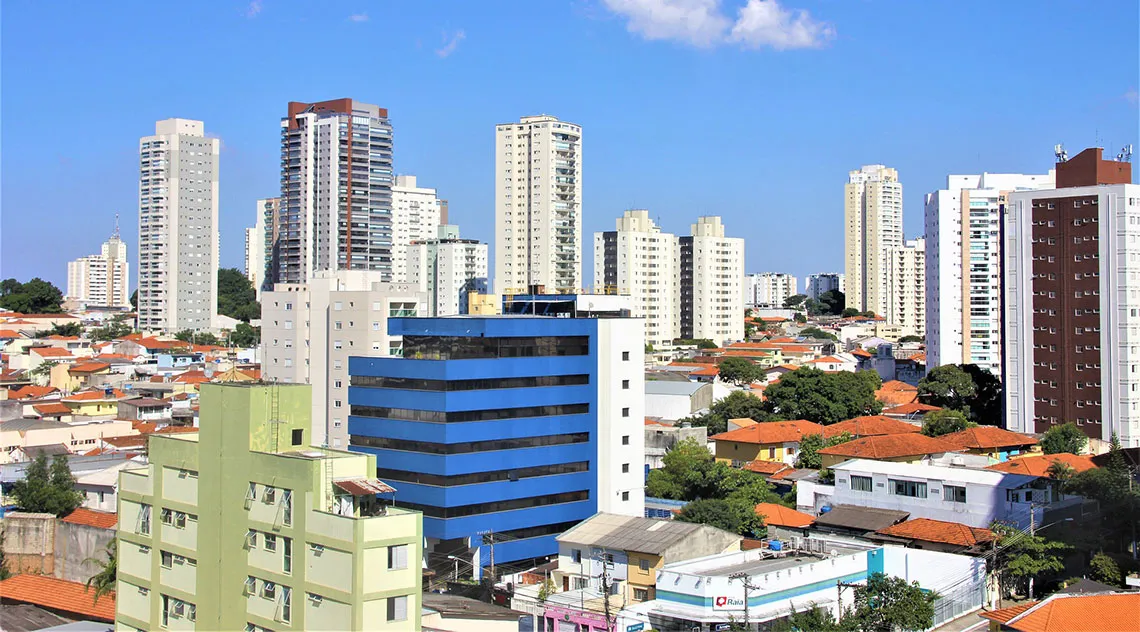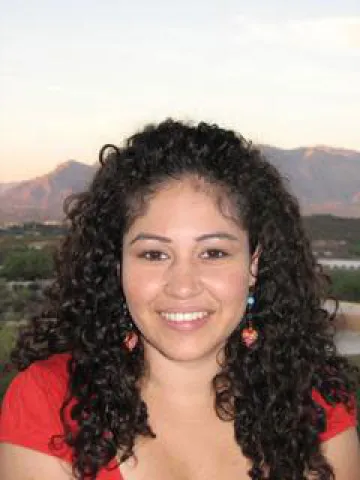The Berkeley Prize and the Social Art of Architecture
CAPLA Thought Leadership

By Clare Robinson
CAPLA Associate Professor of Architecture Clare Robinson has been a Berkeley Prize Committee member since 2013 and judged the esteemed competition this year. In this editorial, she speaks to the Prize’s importance in addressing social issues in architecture, as well as her own teaching and research at the University of Arizona.

Associate Professor of Architecture Clare Robinson has been a Berkeley Prize Committee member since 2013.
The International Berkeley Undergraduate Prize for Architectural Design Excellence, also known as the Berkeley Prize, was founded in 1998 by faculty in the College of Environmental Design at the University of California, Berkeley. Originally a design competition, the Berkeley Prize soon became an international essay competition that has garnered entries from undergraduate architecture students from more than 70 countries.
The essay topic varies each year but all prompts in some way ask about the people who use the buildings architects design, the impact of architecture on communities and the social art of architecture.
The social focus of the competition intentionally challenges object-centered architecture by stressing how architects and buildings can be agents of positive social change. It is why I became a Berkeley Prize Committee member in 2013 and accepted the invitation to jury the semifinalist essays in 2021.
The range of place-specific topics and the dedication students of architecture have to social issues in our built environment is extraordinary each and every year.
As a regular reviewer, I have read over 90 inspiring undergraduate essays from students studying at institutions of higher education all over the world, and have written encouraging and constructive comments to help the authors develop the essays further. Each year, though I don’t learn who the authors are until the finalists are named, I am always impressed by the geographic diversity of the submissions evidenced by details within the essays. The range of place-specific topics and the dedication students of architecture have to social issues in our built environment is extraordinary each and every year.
By reading essays, I know undergraduate architecture students bring fresh insights to problems we face. They write about what they’ve learned or observed in their communities or in architecture schools. They write what they care about the most and do so with passion. Homelessness, poverty, gender identity, youth, equity, collaborative design and social cohesion in Philadelphia, Reno and São Paulo are among the numerous issues and places in the 2021 competition students turned toward to examine the problems and possible ways architects can meaningfully contribute to society and local communities.
Berkeley Prize essays describe conditions of resilience and change, and they often convey grit, compassion and hope.

CAPLA Bachelor of Architecture student Sharayah Jimenez won the 2009 Berkeley Prize.
Berkeley Prize essays describe conditions of resilience and change, and they often convey grit, compassion and hope. In 2009, for example, a CAPLA Bachelor of Architecture student won the Berkeley Prize. Sharayah Jimenez’s essay, “Los Recuerdos del Barrio (The Memory of the Barrio),” responded to the question of how a lost social tradition in her culture, once elegantly expressed through sustainable architectural design or building practices, could be revived and why it should be.
Reading the student essays year after year has inspired and directed the discussion of social issues in my own research and teaching, and is one of the ways I stay connected to broader global concerns. In my teaching, the essay topics, for example, have prompted me to introduce the history and study of settlements and slums, and to weave dialogs about colonization and post-colonial conditions in my 20th century architectural history courses. And in my research, I have developed and honed my questions concerning affluence, race and diversity in the built environment.
In short, the Berkeley Prize essays pronounce relevant contemporary social issues pertinent to the study and practice of architecture.
Read the winning essays of the Berkeley Prize at www.berkeleyprize.org/essay.
Header image of São Paulo , Brazil, by Luciano Teixeira, courtesy Pixabay.



